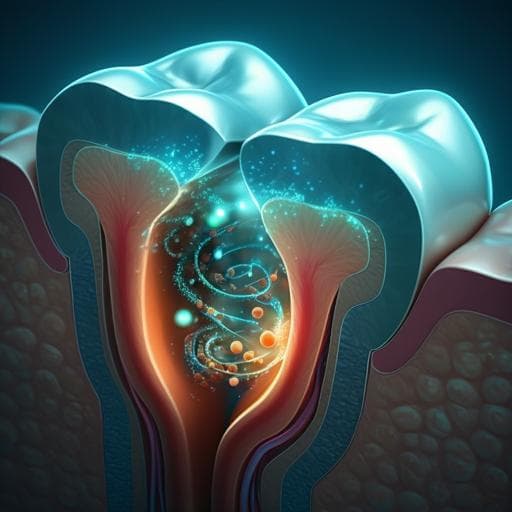
Medicine and Health
The efficacy of various irrigation techniques on the removal of double antibiotic paste from simulated immature roots and the amount of apically extruded debris
S. N. El-din and R. Hassan
Discover the insights from the study conducted by Shaimaa Nasr El-Din and Reham Hassan as they investigate the effectiveness of XP-Endo Finisher and passive ultrasonic irrigation in achieving better canal cleanliness after removing double antibiotic paste from immature root canal models. Their findings reveal promising results for dental practices.
~3 min • Beginner • English
Related Publications
Explore these studies to deepen your understanding of the subject.







